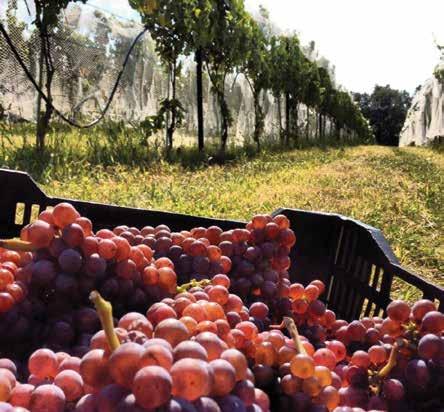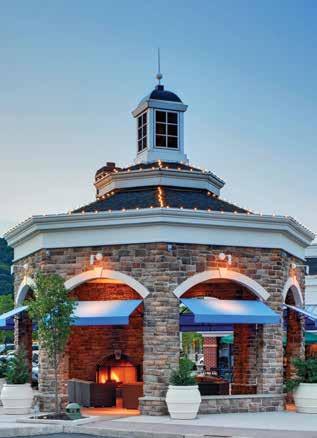wine
Raise a glass in lehigh valley The rolling hills of Lehigh Valley supply more than just stunning backdrops for photographs. It’s the undulating landscape—and the soil underneath—that make this a special place to grow wine grapes. So special in fact that a section of the region has been designated an American Viticultural Area (AVA).
Lehigh Valley American Viticultural Area (AVA) An AVA is a federally designated wine grape-growing region in the United States, providing an official appellation for the mutual benefit of wineries and consumers. Established: 2008 Square Mileage: 1,888 Counties: 6 • Total Acres: 1.2 Million Planted Vineyards: 230+ acres Wineries: 30+ Signature Grapes: Chambourcin, Riesling, Vidal Blanc, Cayuga White
46 | DiscoverLehighValley.com
That means that since 2008, wine produced in the designated AVA, made using at least 85 percent grapes grown locally, can carry a “Lehigh Valley” appellation on its label. It’s a sign of legitimacy for an ascendent wine region, putting Lehigh Valley on the same footing as famous AVAs such as Napa Valley, Willamette Valley, and the Finger Lakes. “We felt as the Lehigh Valley that it was really important to go after that AVA,” says Kari Skrip of Clover Hill Winery. “It adds clout to your growing area. We wanted to define our region — what makes us unique and what makes us special.” Covering 1,888 square miles, including portions of Lehigh, Northampton, Berks, Schuylkill, Carbon, and Monroe counties, the Lehigh Valley AVA’s distin-
guishing factors include those rippling hills, shale-and-sandstone soils, morning fog from the Delaware River, and plenty of sunshine. The first two characteristics are especially important for providing excellent drainage: dry vines are happy vines. While there’s a tremendous diversity of wine varieties grown in the AVA, a few have become signatures. Riesling thrives in the Lehigh Valley’s steep pitches, rocky soils, and cool nights. It’s a similar climate to the variety’s native Germany. “With cooler-climate Riesling, you tend to get some more of these minerally, lemony, citrusy type of characteristics,” explains Skrip. “As you get into a warmer climate, you tend to get more peach, apricot, and honey from






